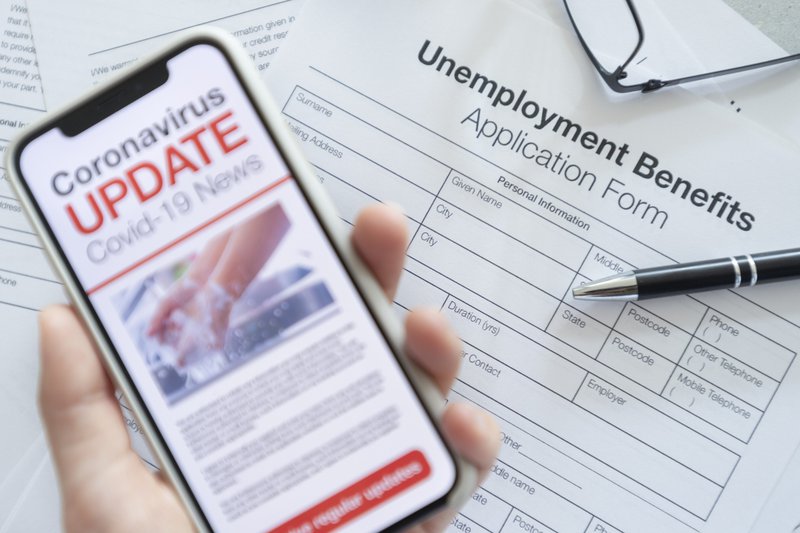
Rosa Saba
Sept. 15, 2020
Almost three million Canadians will be worse off after the transition from the Canada Emergency Response Benefit (CERB) to the Employment Insurance program or other new recovery benefits, according to a new report from the Canadian Centre for Policy Alternatives.
David Macdonald, a senior economist at the CCPA, said in the report that more than four million Canadians will be affected by the switch, which happens Sept. 27.

Of the four million, 2.1 million will be eligible for EI, which has been temporarily altered to make eligibility easier and pay out more, but 781,000 of those won’t be automatically switched over and will have to apply manually, he said, because they were receiving CERB through the Canada Revenue Agency instead of Service Canada.
The new $400-a-week minimum EI payout will apply to 770,000 people who otherwise would have received less. But 1.3 million of the people switching from CERB to EI will still receive less than the $500 CERB provided.
What’s more, another 482,000 former CERB recipients won’t be eligible for either EI or the new suite of temporary recovery benefits, which cover gig and contract workers, caregivers and COVID-19 sick leave, he said. The majority of these will be low-wage workers who make less than $1,000 per month but are technically back to their pre-pandemic hours.
“CERB acted as a bit of a support for all low-income workers,” he said.
For those who are eligible for EI or the new benefits — which cover gig and contract workers, caregivers and COVID-19 sick leave — the average weekly payout will be $375 pre-tax, compared to the $500 CERB provided, said Macdonald.
Overall, almost three quarters of former CERB recipients will be worse off, including 1.6 million women and 1.2 million men. “Women are more likely to be on CERB in the first place and are therefore more likely to be worse off after the switchover,” Macdonald said.
However, there are another 366,000 Canadians who didn’t qualify for CERB, but who will be eligible for EI when the changes kick in Sept. 27.
Macdonald said the big switch could have an economic impact, as CERB covered more people and let them continue spending.
“That is an important reason why consumer spending didn’t fall rapidly during a big recession,” he said.
The new recovery programs are still proposals, said MacDonald, and the government will have a four-day window within which to pass them after the Speech from the Throne on Sept. 23. There is room for some changes to them and to the EI program before Sept. 27, he added — for one, he said he wouldn’t be surprised if the EI minimum payout was raised to $500 to match CERB.
Macdonald said the Canada Recovery Caregiving Benefit, which provides $500 per week before taxes for Canadians staying home from work to care for children or other dependants, will likely be available to 184,000 former CERB recipients at the outset. Almost 900,000 could move to the Canada Recovery Benefit for gig, contract and freelance workers, which is $400 per week. (Another 43,000 people likely won’t apply for the CRB due to hitting the $38,000 income threshold — the program has a 50-per-cent clawback for every dollar made over $38,000 made in 2020, excluding the CRB.)
To make the switch easier on Canadians, Macdonald recommended that the first EI payment be on an attestation basis, meaning applicants don’t need to provide proof of their loss of employment. This is how CERB was distributed, making it a lot quicker.
“The old EI system was very slow,” he said.
He also made a number of other recommendations, including that the government immediately embark upon a review of the new changes and benefits to see whether any could become permanent.
“This set of systems is far better than the EI system we went into this pandemic with. But it’s not as good as the CERB system for most people.”
Macdonald also wanted to draw attention to a program that’s not known to many, but that he thinks could become much bigger going forward: Working While On Claim. This program is for people who lost work, then resumed working but at a lower wage than previously. Among the half a million Canadians on CERB who won’t be eligible for the new recovery benefits or EI, this program will be available to many, but could provide as little as $50 a week. Macdonald said a floor for this program of at least $75 could incentivize more workers to apply for the program.


